THE PERSECUTION OF CHRISTIANS - PART 4
How the fall of the Roman Empire forced the creation of Islam
In PART 3, Constantine was forced to convert the pagan Roman Empire because of the unrelenting growth of Christianity. The empire tried to kill as many Christians as they could but they noticed this only converted more Roman citizens into Christians. Constantine knew that the only way to try and contain this growth would be become the leading force of this new religion to try and contain it. What Constantine didn’t know is that he would also be splitting the Roman Empire’s power in the process.
The amazing thing about Jesus Christ and Christianity is that the truth about history can be found by following the patterns of his persecution. The two groups that forced the death of Jesus Christ are also the ones responsible for the devastation on this Earth for the last 2000 years: the Sanhedrin and the Romans.
After the Sanhedrin were pushed out of Jerusalem in 70 AD, they resided in the city of Babylon to create a new religion full of non-believers of Jesus. In that city they created the Talmud, the Mishnah, etc. and a religion based on their hatred towards Jesus Christ. Since they turned their backs on God, Babylon took influence over this religion to make it extremely evil and obsessive over the building of Solomon’s Temple.
Pagan Rome on the other hand was already worshipping the idols of Babylon so when Christianity started overtaking the religion of Rome it became a major issue within the empire. The Romans wanted authority above everything else, which involved the worship of the empire. This wouldn’t last because the Christians love for Jesus Christ wouldn’t allow them to worship the Roman Emperor.
The enemies of Jesus Christ on Earth have always been the remnants of the Sanhedrin and Ancient Rome so by following their actions since the death of Jesus Christ it will reveal the hidden truth of our history.
The First Concil of Nicaea in 325 AD was the first time Ancient Rome held an official organized meeting of Christian Bishops.
The 2 main objectives they discussed were:
The Trinity
What date Easter would be celebrated on
What they eventually agreed upon was to regard anyone who didn't believe in the Trinity as a heretic. This forced a schism within the religion and gave authority for the Roman Empire to kill any Christians who didn't agree with them.
They also said Easter would occur on the first ecclesiastical full moon after the Spring Equinox so it wouldn't be tied to the passover. What’s interesting is that following the moon phases to celebrate a festival was mostly pagan during this time period in the Roman Empire.
Remember prior to this happening, the Christian Faith grew on its own through house churches and no centralized church. The idea of the Trinity was overlooked by the early Christians because they only had to put their faith into Jesus Christ to be saved.
On the other hand, the idea of a Triad of Deities had been practiced for thousand of years in:
Mesopotamia
Egypt
Asia
Greece
Rome
Ancient Rome and the Jews who didn't accept Jesus (Sanhedrin) were working together to spilt and discredit the rapidly growing faith of Christianity.
These Jews were extremely upset about the followers of Jesus celebrating the Resurrection of Jesus on the Old Testament Passover so they forced Christians to celebrate Easter on Sunday of the full moon cycle after the Spring Equinox, which is more closely related the pagans worship / festivals of the moon and sun.
The feminine moon deity is also referred to as the 'Triple Goddess' and represents ripeness, fertility, sexuality, fulfillment, stability, power and life represented by a full moon - Source
The Vatican watch the rising sun on Easter Sunday. In Egyptian worship, Horus is known as the rising sun and is regarded as the divine son - Source
The Sasanian Empire, the Home of Babylon
A great example as to how Ancient Rome and the Jews who didn't accept Jesus worked together can be seen with the rise of the Sasanian Empire and their Persecution of Christians. These persecutions occurred the same time Constantine declared Christianity the religion of Rome.
Important developments in Jewish history were associated with the Sasanian Empire. The Babylonian Talmud was composed between the 200 AD and 500 AD in Sasanian Persia and major Jewish academies of learning were established in Sura and Pumbedita that became cornerstones of Jewish scholarship.
Samuel bar Abba, one of the Jewish sages mentioned in the Talmud, was very close friends with the Sasanian King Shapur I.
Due to Samuel’s loyalty to the government and his friendship with the Sasanid king, Shapur I, Samuel was called Shabur Malka.
Samuel was head of the Jewish School Yeshiva at Nehardea in Babylon. He was a teacher of halakha, judge, physician, and astronomer and was born in 165 AD at Nehardea, and died there in 254 AD.
In the Talmud, Samuel is frequently associated with Abba Arikha ("Rav"), with whom he debated on many issues - Source
The great grandchild of Shapur I, Shapur II, committed violent persecutions of Christians during his long reign (309 AD –379 AD).
Several individuals of the Imperial family such as Ifra Hormizd the Queen mother of Shapur II and Queen Shushandukht, the Jewish wife of Yazdegerd I, significantly contributed to the close relations between the Jews of the empire and the government in Ctesiphon.
Shapur II revered the sun and moon, and was known as 'brother of the Sun and the Moon', to the romans and worshipped Mithra just like Constantine.
The brother in law of Shapur II, was Hormizd, who lived in Constantinople, where Roman Emperor Constantine helped him and gave him a palace near the shore of the Marmara Sea.
The palace was an important place in the city because its neighborhood was known as 'en tois Hormisdou', meaning 'near the houses of Hormisdas. The palace was also the residence of Byzantine Emperor Justinian I - Source
The Martyrs of Persia under Shapur II were Assyrian Christian martyrs who were put to death by Shapur II of Persia (309–379 AD) for failing to renounce their faith.
Sozomen (400–450 AD) wrote in his Ecclesiastical History, Chapter XIV:
"I shall briefly state that the number of men and women whose names have been ascertained, and who were martyred at this period, has been computed to be upwards of sixteen thousand, while the multitude of martyrs whose names are unknown was so great that the Persians, the Syrians, and the inhabitants of Edessa, have failed in all their efforts to compute the number." - Source
Constantine and Shapur II frequently discussed topics personally and were close but their nations were at war because of Christianity. This was part of Romes and Babylons plan to split the followers of Christianity into separate groups so they could never feel fully organized.
The persecution at that time was initiated by Constantine's "conversion" to Christianity which followed that of Armenian king Tiridates in about 301. The Christians were thus viewed with suspicions of secretly being partisans of the Roman Empire.
This did not change until 431 AD at the Council of Ephesus when the Church of the East broke off from the Church of the West in the first schism of the Christian churches.
The Sasanian Kings who Persecuted Christians were:
Shapur II (309 - 379 AD)
Yazdegerd I (399 - 420 AD)
Bahram V (420 438 AD)
Yazdegerd II (437 - 457 AD)
Khosrow I (531 - 579 AD)
These kings wanted their civilians to follow the Pagan Zoroastrianism (Mazdeism) state religion, which was just another form of the Babylon / Cain Religion/ Sun Worship, similar to the Roman State Religion.
The Fall of the Roman Empire
The East and West Schisms of Christianity would end up being the downfall of Ancient Rome. The Fall of the Western Roman Empire occurred on 476 AD and the Eastern Roman Empire would become the Byzantine Empire.
Ironically, this proves in Rome's attempt to try and contain / infiltrate Christianity, they ended up destroying their own empire. The remnants of ancient Rome continued through their authoritarian Christian Church, the Roman Catholic Church, which was located in both the East and West.
After the fall of the Western Roman Empire, the pope served as a source of authority and continuity. Pope Gregory I (540–604 AD) administered the church with strict reform. From an ancient senatorial family, Gregory worked with the stern judgement and discipline typical of ancient Roman rule. Theologically, he represents the shift from the classical to the medieval outlook
The only way Satan could try and stop Christianity was to create a counterfeit "Christian" religion to destroy the work of God. The solution was in Rome. Their religion had come from ancient Babylon and all it needed was a face-lift. This didn't happen overnight, but began in the writings of the 'early church fathers'.
It was through their writings that a new religion would take shape. The statue of Jupiter in Rome was eventually called St. Peter, and the statue of Venus was changed to the Virgin Mary. The site chosen for its headquarters was a hill that overlooked the seven hills of ancient Rome called 'Vaticanus', the place of the diving serpent where the Satanic temple of Janus stood.
The Vaticanum was also the site of the Phrygianum, a temple of the Magna Mater goddess Cybele. This temple gained such fame in the ancient world that both Lyon, in Gaul, and Mainz, in Germany called their own Magna Mater compounds "Vaticanum" in imitation. Remnants of this structure were encountered in the Seventeenth Century reconstruction of St. Peter's Square.
If you look at paintings of St. Peter he is always holding 2 keys.
What’s interesting is the double eagle symbol of Rome is always holding 2 keys as well.
Then if you follow the symbolism, an eagle represents Jupiter in ancient Rome.
The great counterfeit religion was Roman Catholicism, called 'Mystery, Babylon the Great, the Mother of Harlots and Abominations of the Earth'- Revelation 17:5. She was raised up to block the gospel, slaughter the believers in Christ, establish religions, create wars and make the nations drunk with the wine of her fornication as we will see.
Three major religions have one thing in common - each has a holy place where they look for guidance.
Roman Catholicism looks to the Vatican as the Holy City
The Jews look to the wailing wall in Jerusalem
Muslims look to Mecca as their Holy City
Each group believes that they receive certain types of blessings for the rest of their lives for visiting their holy place. In the beginning, Arab visitors would bring gifts to the 'House of God', and the keepers of the Kaaba were gracious to all who came. Some brought their idols and, not wanting to offend these people, their idols were placed inside the sanctuary. It is said that the Jews looked upon the Kaaba as an outlying tabernacle of the Lord with veneration until it became polluted with idols.
St. Augustine became the bishop of North Africa and was effective in winning Arabs to Roman Catholicism, including whole tribes. It was among these Arab converts to Catholicism that the concept of looking for an Arab prophet developed.
Another problem was the true Christians in North Africa who preached the gospel. Roman Catholicism was growing in power, but would not tolerate opposition. Somehow the Vatican had to create a weapon to eliminate Christian believers who refused to accept Roman Catholicism. Looking to North Africa, they saw the multitudes of Arabs as a source of manpower to do their dirty work.
Some Arabs had become Roman Catholic, and could be used in reporting information to leaders in Rome. Others were used in an underground spy network to carry out Rome's master plan to control the great multitudes of Arabs who rejected Catholicism. When 'St Augustine' appeared on the scene, he knew what was going on. His monasteries served as bases to seek out and destroy Bible manuscripts owned by the true Christians.
The Vatican wanted to create a messiah for the Arabs, someone they could raise up as a great leader, a man with charisma whom they could train, and eventually unite all the non-Catholic Arabs behind him, creating a mighty army that would ultimately capture Jerusalem for the pope.
In their "holy" book, the Quran, Christ is regarded as only a prophet. If the pope was His representative on earth, then he also must be a prophet of God. This caused the followers of Muhammad to fear and respect the pope as another "holy man."
The pope moved quickly and issued bulls granting the Arab generals permission to invade and conquer the nations of North Africa. The Vatican helped to finance the building of these massive Islamic armies in exchange for three favors:
Eliminate the Christians (true believers, which they called infidels).
Protect the Augustinian Monks and Roman Catholics.
Conquer Jerusalem for "His Holiness" in the Vatican.
The Roman Catholic Church also had help for the non-believer Jews in Babylon. These two evil oppositions of God would partner up to try and retake Jerusalem, kill God’s Chosen people (Christians) and to create a new religion that would forever try and stop the spread of Christianity.
The Rise of Islam
The Jews of Babylon also had control of the Arabian Peninsula before the rise of Islam and the birth of Mohammed. One example is the Jewish King Dhu Nuwas (Yūsuf Asʾar Yathʾar) of the Himyarite Kingdom (Southern Arabia) who reigned from 517 - 527 AD. Nuwas is the arabian term for "he of sidelocks." - Source
Inscriptions documented by Yousef himself show the great pride that he expressed after killing more than 22,000 Christians in Zafar and Najran. Historian Glen Bowersock described this massacre as a:
"savage pogrom that the Jewish king of the Arabs launched against the Christians in the city of Najran. The king himself reported in excruciating detail to his Arab and Persian allies about the massacres that he had inflicted on all Christians who refused to convert to Judaism."
The Arabian Jewish king Dhū Nuwās proceeded to write a letter to the Lakhmid king Al-Mundhir III ibn al-Nu'man and King Kavadh I of Persia, encouraging them to kill Christians under their dominion.
Al-Mundhir received this letter in January 519 AD, as he was receiving an embassy from Constantinople seeking to forge a peace between the Roman Empire and al-Ḥīrha. The Roman Emperor Justin and Sasanian King Kavad were disgusted with the contents of the letter.
Around this time period of 500 - 520 AD we see the Byzantine Empire and the Sasanian Empire (Persians) becoming less interested in persecuting Christians. This was most likely due to the fall of the Roman Empire.
This was not acceptable to the Babylonian Jews or the Vatican so they needed to create a barbaric religion that would be pro Babylon but anti Christian for all time.
Enter Mohammed, Islam and the Siege of Jerusalem.
Prior to the birth of the Islamic Prophet Mohammed, the Kaaba was the major temple of Quraysh and the residence of its idols. There used to be 360 idols in Kaaba worshiped by the arabs, where the moon god was Lah / Hubal, the chief among those idols.
Notice the similarities with Hubal and Baal and Lah with Allah - Source
Also notice the similarities between the symbolism of the Sasanian (Persian) Kings crowns and the symbolism of Islam.
These Pre-Islamic Pagan Arabs travelled to Mecca in a pilgrimage prior to Mohammed. The word Pilgrimage in Arabic 'Haj', comes from the the arabic word 'Hak', which means rubbing.
This was because there a strange pagan ritual that was practiced during the pilgrimage where arabs would rub themselves with the black stone near the Kaaba - Source
Women would touch the black stone of Kaaba with the blood of menstruation because they believed they were being blessed with by the moon/fertility moon God.
Woman and Men would circle the kaaba naked and then would engage in orgies after the ritual.
Al-Lāt, Al-‘Uzzá and Manāt were common names used for multiple goddesses across Arabia. G. R. Hawting states that modern scholars have frequently associated the names of Arabian goddesses Al-lāt, Al-‘Uzzá and Manāt with cults devoted to celestial bodies, particularly Venus, drawing upon evidence external to the Muslim tradition as well as in relation to Syria, Mesopotamia and the Sinai Peninsula - Source
Mohammed, the founding prophet of Islam, lived from 570 - 632 AD Arabia. The history of Arabia prior to Islam is very miniscule. But important events from the Babylonian Sasanian occurred around the same time the rise of Islam.
In 614 AD, the Sasanian conquest of Jerusalem occurred. Remember the Sasanian Empire is where the Jews that didn't accept Jesus resided. They existed in Babylon and created their new religion which incorporated the Talmud.
Since they didn't accept Jesus as the prophetic 3rd temple in the Bible. They became obsessed with physically recreating Solomon's Temple for a 3rd time. So they tried to rebuild the temple in 614 AD but were stopped in their tracks by Christians who were living in Jerusalem.
Mohammed began his armed conflicts in 624 AD, 10 years after the failed Sasanian conquest of Jerusalem. This tells me their must have been Jewish influence on the rise of Islam.
The first armed conflict of Islam was the Battle of Badr in 624 but just prior to this battle a very interesting agreement between Mohammed and wealthy jews happened within the city of Medina (Al-Madinah)
Within the city the Constitution of Medina was written that shows Mohammed's allegiance to blood money and wealthy jews. It established the collective responsibility of nine constituent tribes for their members' actions, specifically emphasizing blood money and ransom payment - Source
So this proves wealthy jews payed Mohammed to do their bidding.
According to the account of the Armenian historian Sebeos, the Sasanian Siege of Jerusalem in 614 AD resulted in a total Christian death toll around 60,000.
Another account by Strategos said that Jews offered to help them escape death if they "become Jews and deny Christ", and the Christian captives refused. In anger the Jews allegedly purchased Christians to kill them. 4,518 prisoners alone were massacred near Mamilla reservoir.
A cave containing hundreds of skeletons near the Jaffa Gate, 200 meters east of the large Roman-era pool in Mamilla, correlates with the massacre of Christians at hands of the Persians mentioned in the writings of Strategius.
This was also the same time period when the entire book of the Quran was written (610 - 632 AD), the holy book of Islam.
The creators of the Quran needed to sway Christians away from the Bible, which is why they added well known tales of that time period to their new Holy Book.
The Two Horned One was actually a story that was shared throughout the Mediterranean since 300 BC about the conquests of Alexander the Great.
According to this legend, Alexander travelled to the ends of the world then built a wall in the Caucasus mountains to keep Gog and Magog out of civilized lands.
The same story can be found in the Quran but with Alexander the Great switched out with the character Dhu al-Qarnayn - Source
Another story the Quran imitated was the legend of the Seven Sleepers, which was a famous story throughout early Christianity. It is a legend about a group of youths who hid inside a cave outside the city of Ephesus around 250 AD to escape one of the Roman persecutions of Christians.
The same story can be seen in the Companions of the Cave in Quran 18:9-26.
The Quran also says that the Abraham from the Bible build the Kaaba in Mecca when the Bible never mentions he travelled to Arabia.
Abraham when from Canaan to Egypt but never south to Arabia. This was another attempt to sway the people of that time away from Jesus and the rapidly growing faith of Christianity.
During the Muslim conquests, Christians faced religious discrimination and persecution in that they were banned from spreading Christianity in the lands invaded by the Arab Muslims. If they broke this Arab law they would receiver pain or death, they were banned from bearing arms, undertaking certain professions, and were obligated to dress differently in order to distinguish themselves from Arabs.
Under the Islamic law (sharīʿa), Christians were obligated to pay the jizya and kharaj taxes, together with periodic heavy ransom levied upon Christian communities by Muslim rulers in order to fund military campaigns.
All of this contributed a significant proportion of income to the Islamic states while conversely reducing many Christians to poverty, and these financial and social hardships forced many Christians to convert to Islam.
Christians unable to pay these taxes were forced to surrender their children to the Muslim rulers as payment who would sell them as slaves to Muslim households where they were forced to convert to Islam.
So who benefitted from the creation of Islam?
Well lets looks at the important events surrounding Jerusalem:
614 AD - Sasanian (Persian) Siege of Jerusalem and the Jews from Babylon began to rebuild the Temple of Solomon. Christians rebel and push them out of Jerusalem.
617 AD - the Persians had reversed their policy to let Jews settle in Jerusalem and sided with the Christians, probably because of pressure from Mesopotamian Christians in Persia itself. Control was given back to the Byzantine Empire and the True Cross was restored back into Jerusalem
638 AD - The Arab Islamic Empire under Caliph Omar conquered Jerusalem. Caliph Omar permitted the Jews to reestablish their presence in Jerusalem–after a lapse of 500 years. Jewish tradition regards Caliph Omar as a benevolent ruler and the Midrash (Nistarot de-Rav Shimon bar Yoḥai) refers to him as a "friend of Israel."
Under Islamic rule, the Jews worked as "the assayers of coins, the dyers, the tanners and the bankers in the community". During the Fatimid period, many Jewish officials served in the regime.
During this time Jews lived in thriving communities all across ancient Babylonia. In the Geonic period (650–1250 CE), the Babylonian Yeshiva Academies were the chief centers of Jewish learning; the Geonim (meaning either "Splendor" or "Geniuses"), who were the heads of these schools, were recognized as the highest authorities in Jewish law.
In the 7th century, the new Muslim rulers institute the kharaj land tax, which led to mass migration of Babylonian Jews from the countryside to cities like Baghdad. This in turn led to greater wealth and international influence, as well as a more cosmopolitan outlook from Jewish thinkers such as Saadiah Gaon, who now deeply engaged with Western philosophy for the first time.
This just so happened to coincide with the 'Islamic Golden Age'.
Continued in PART 5 …

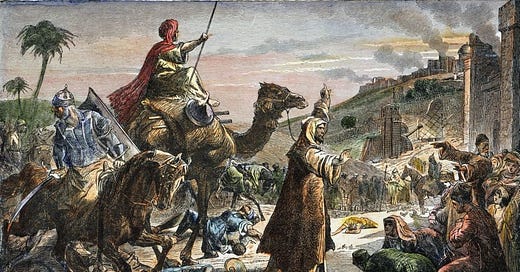




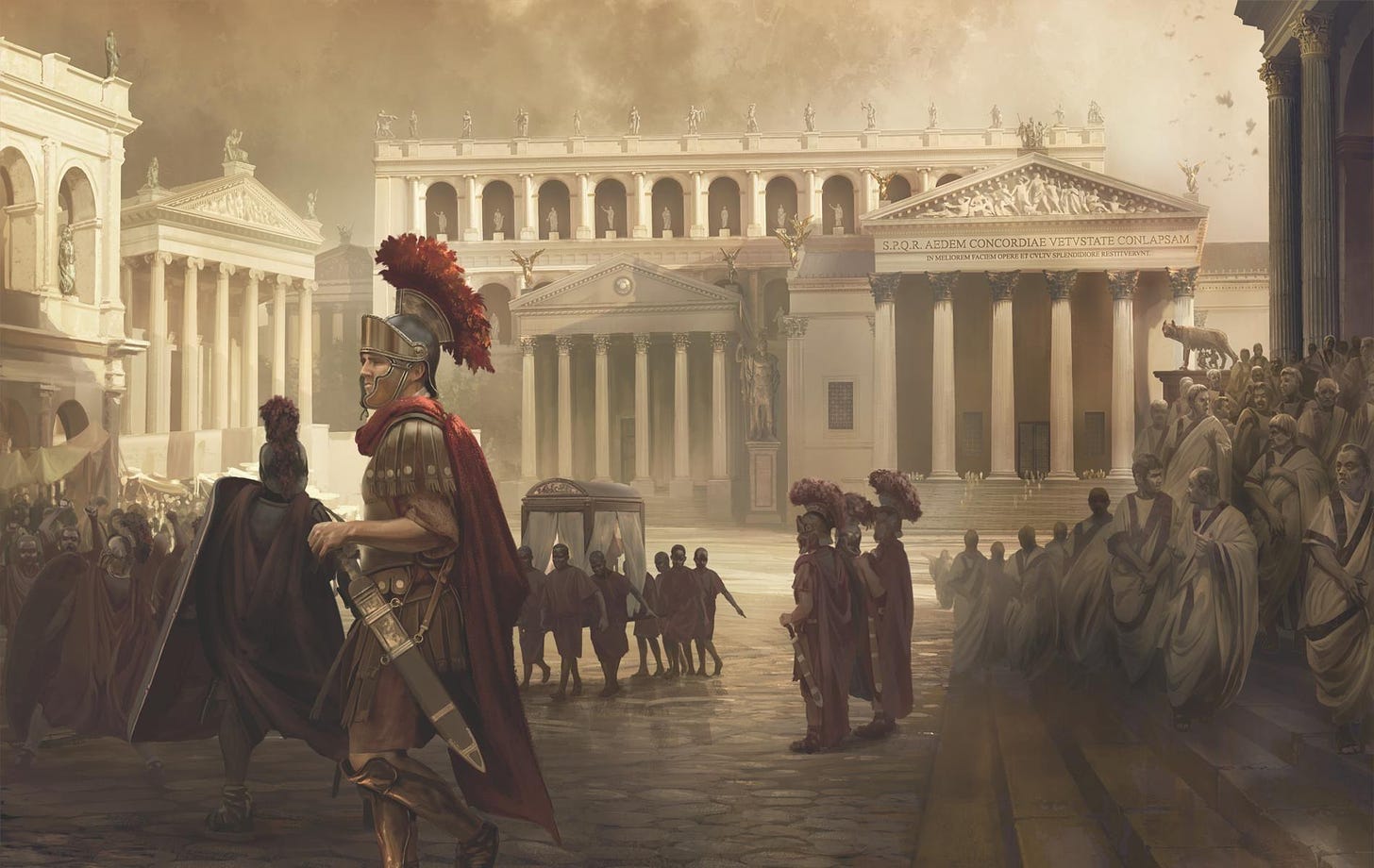














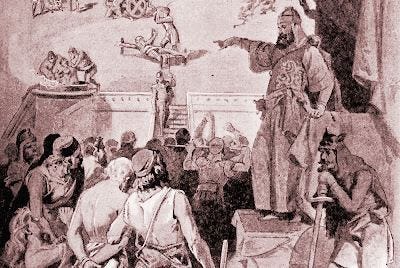


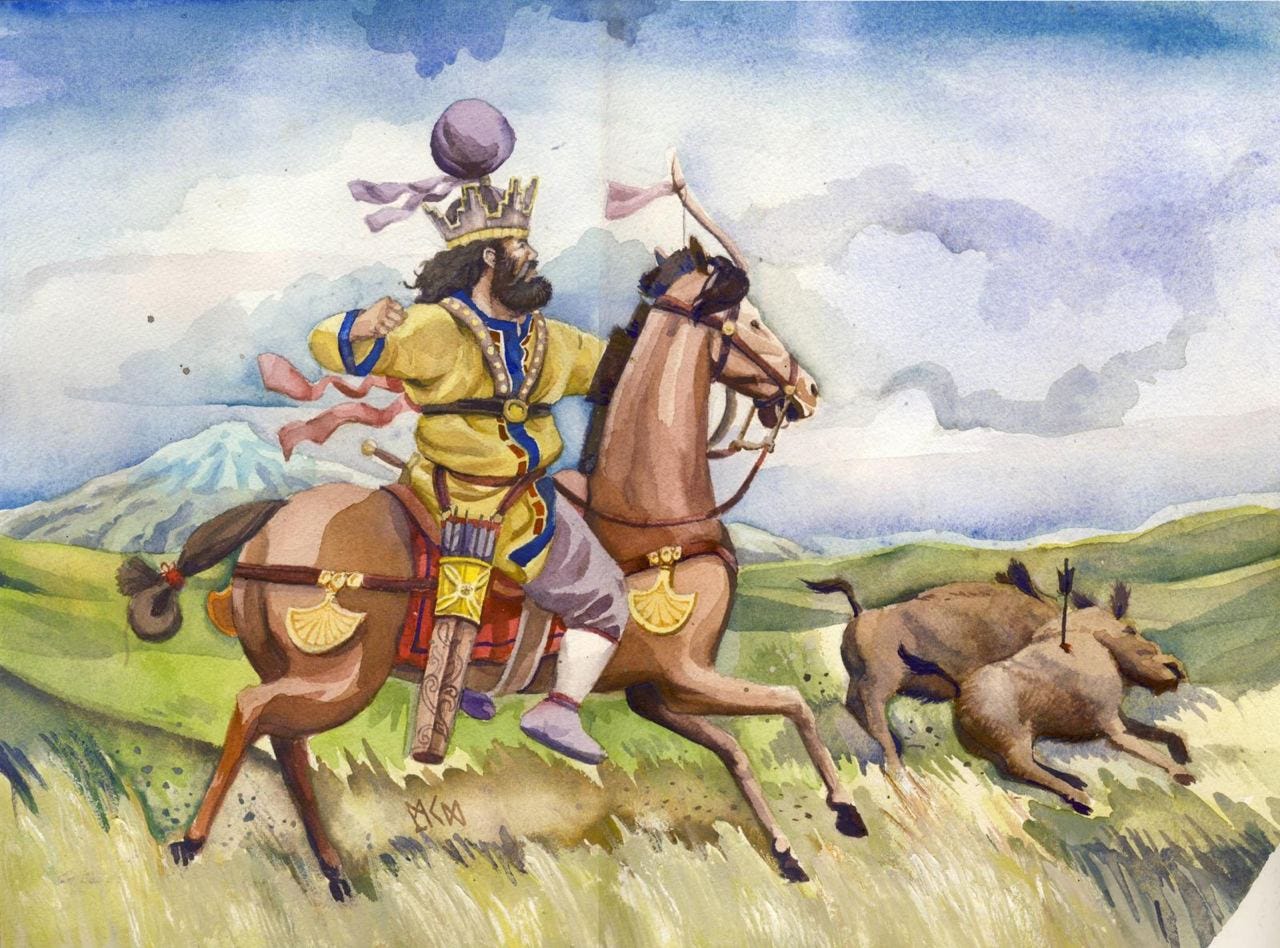



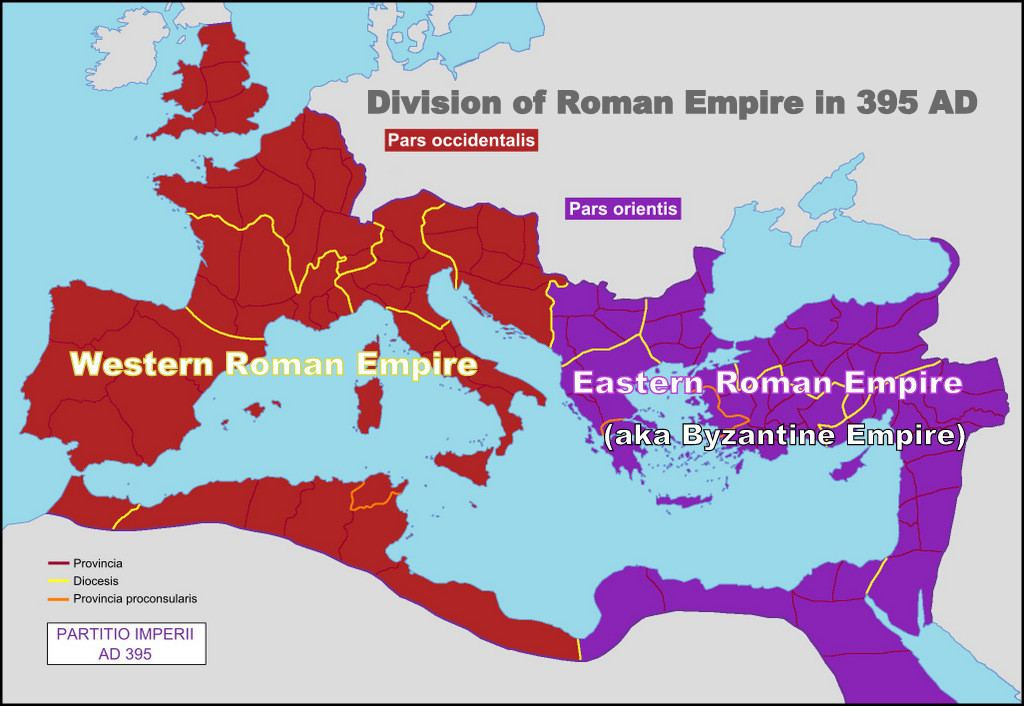
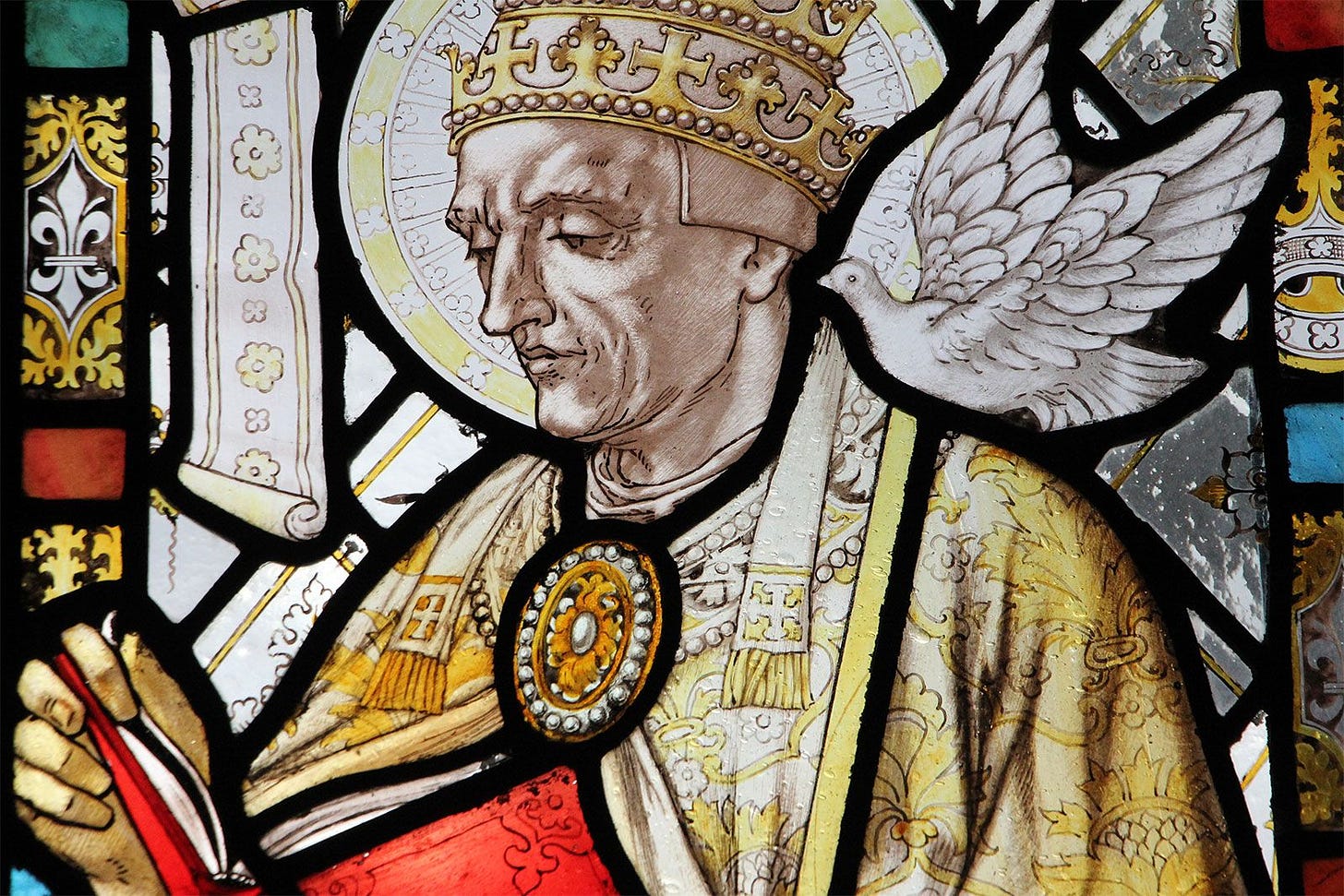




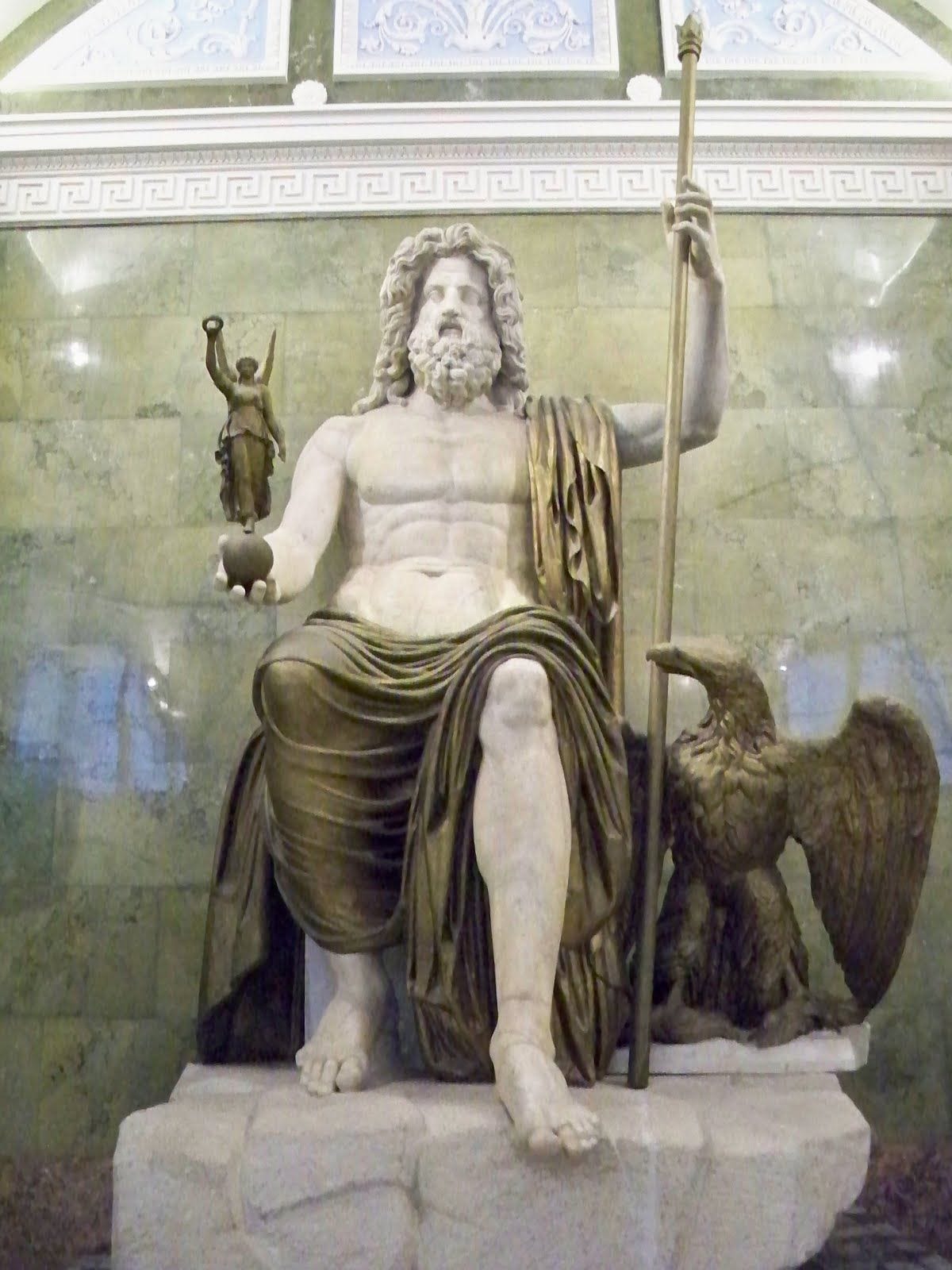






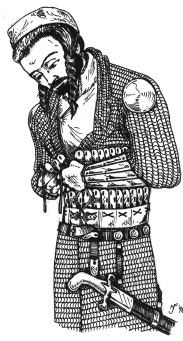



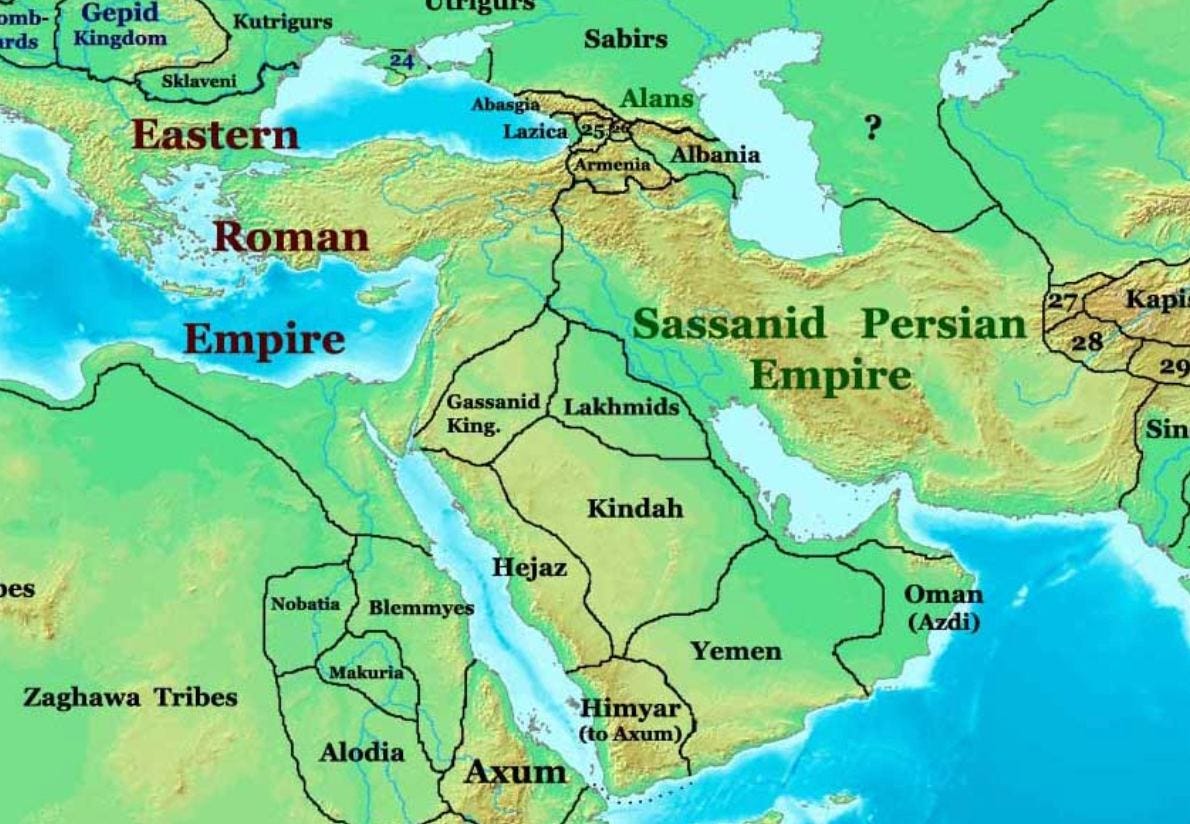



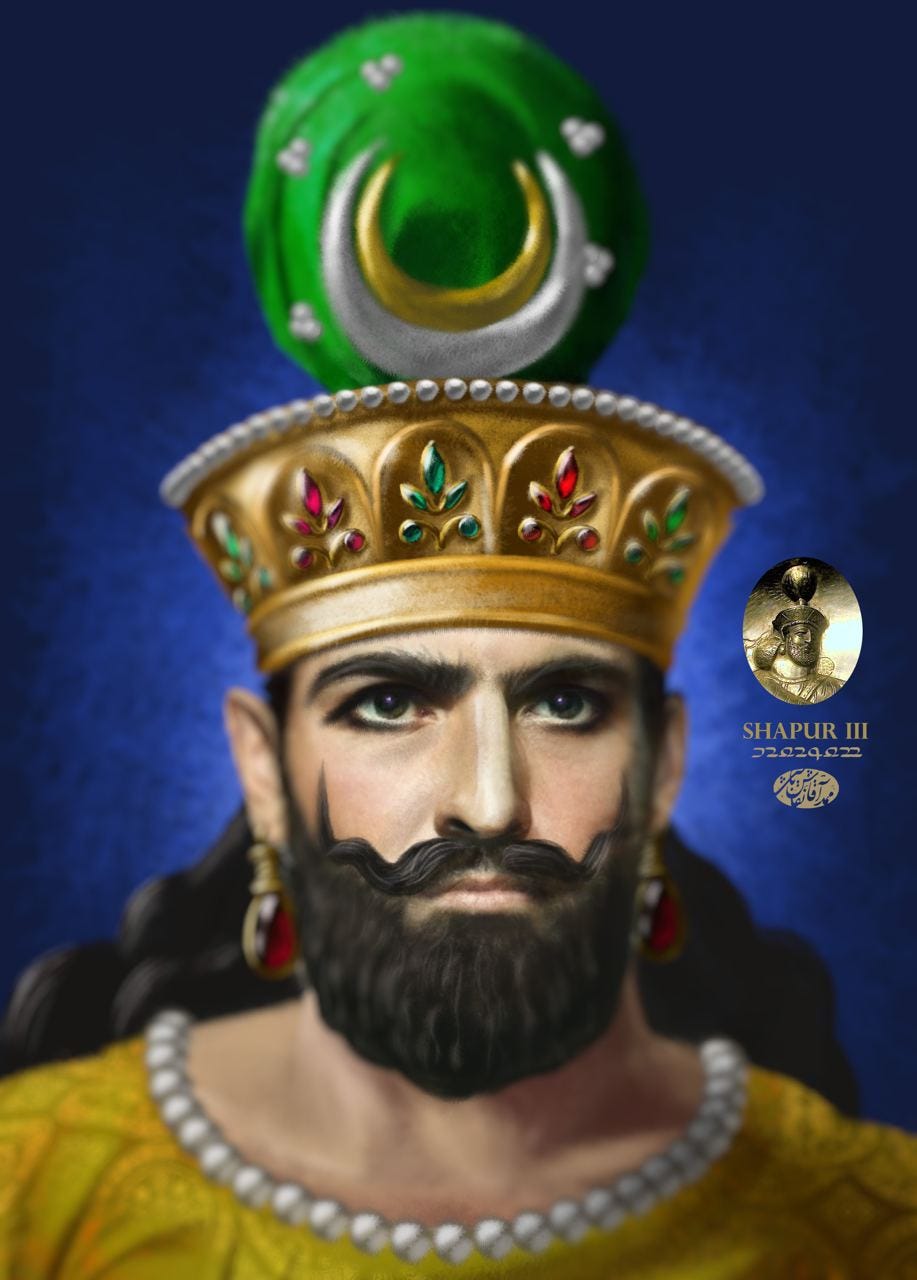



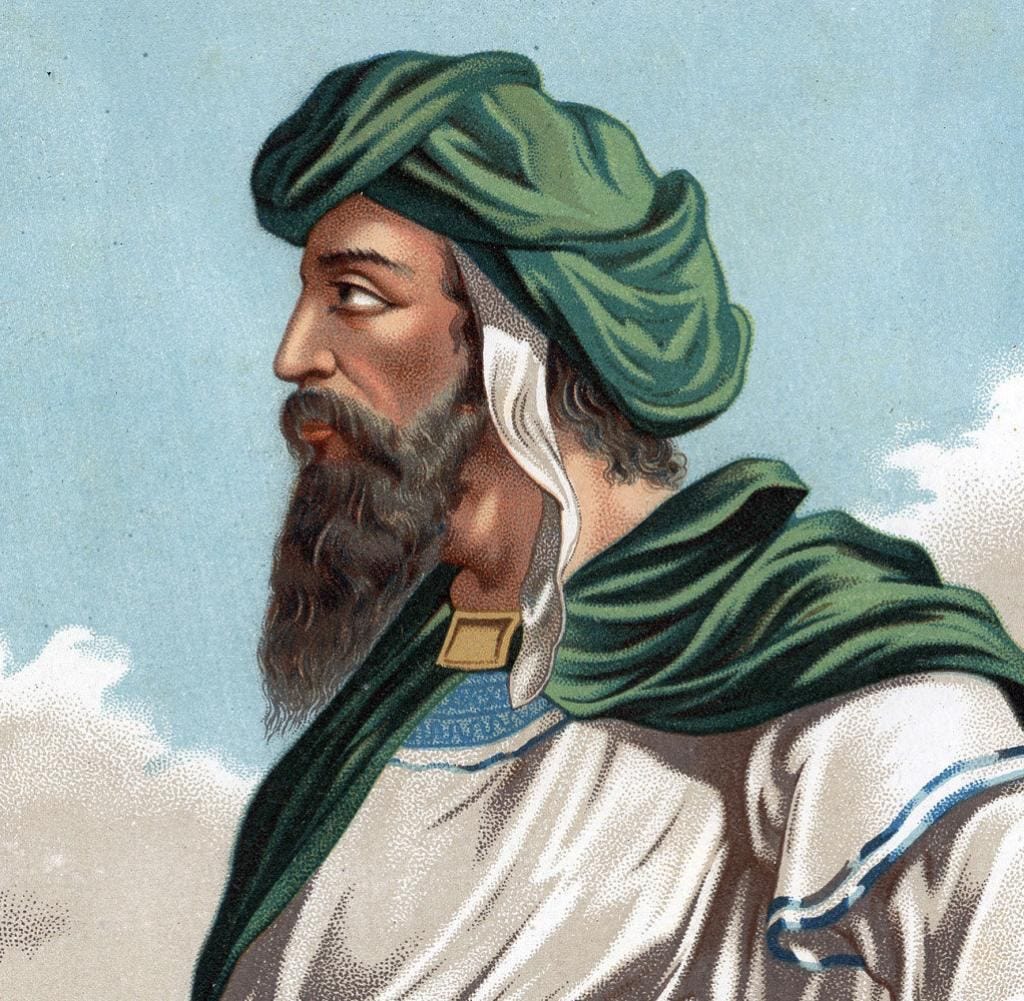

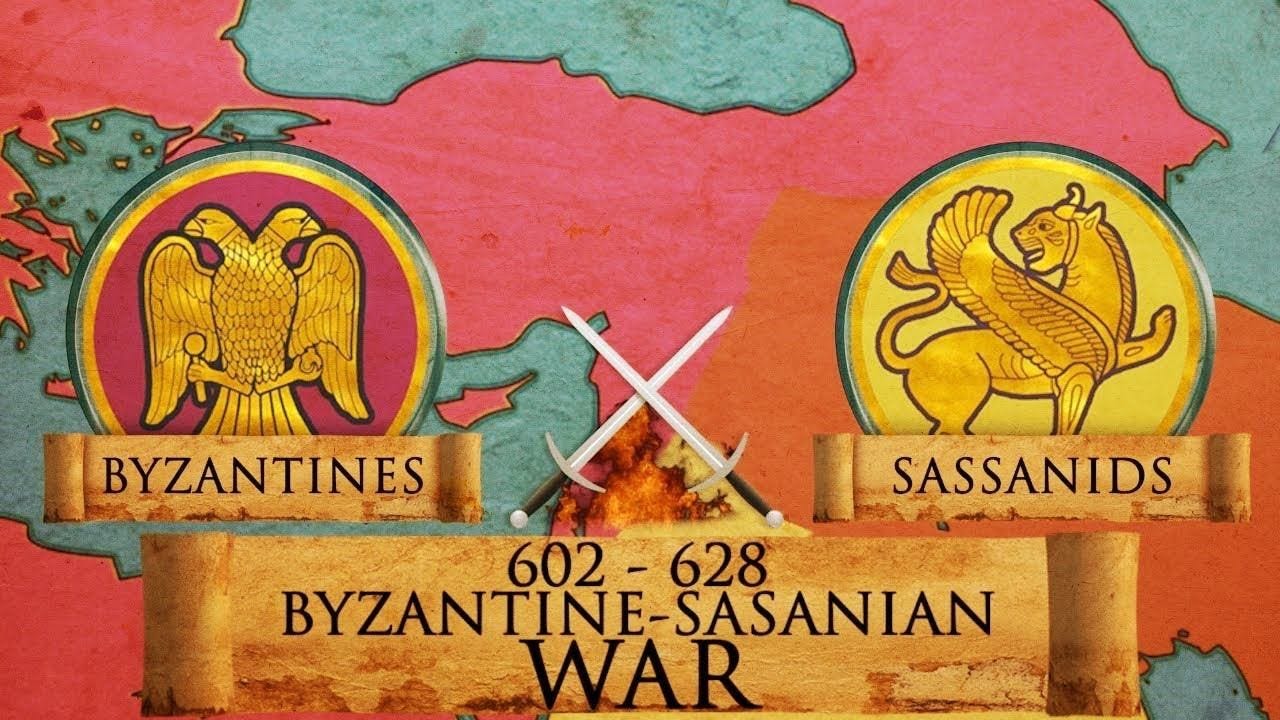
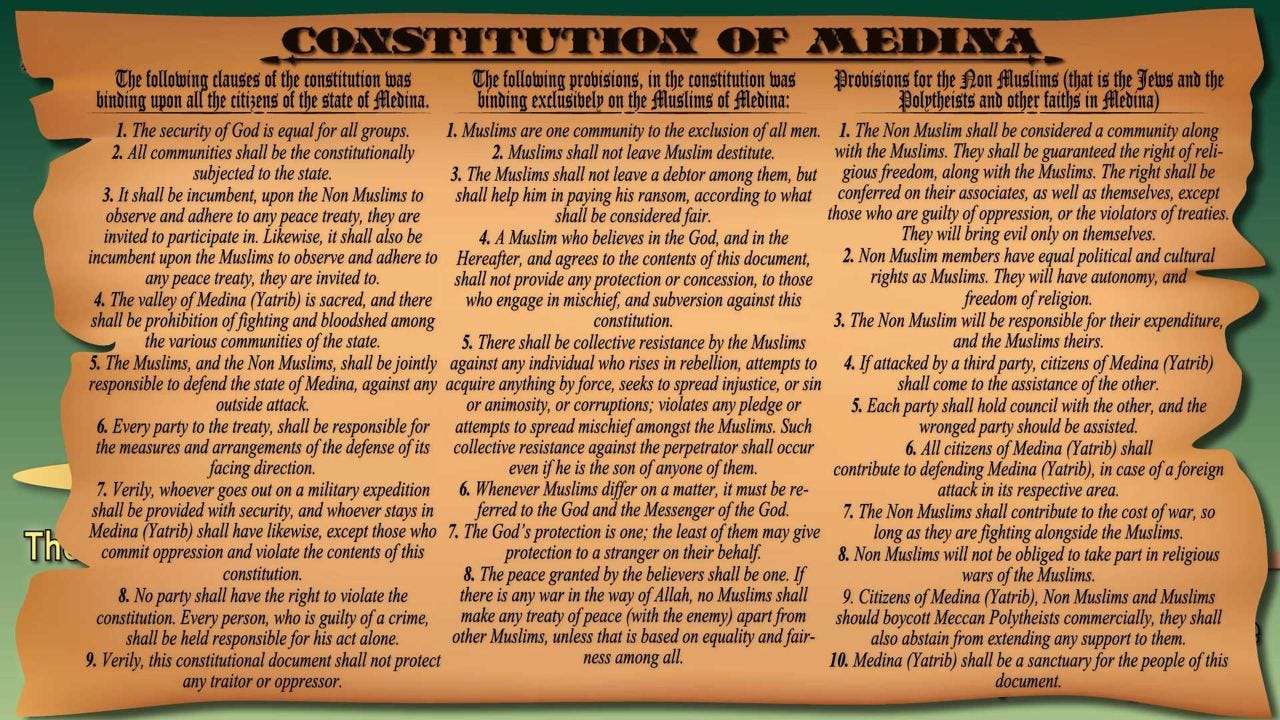




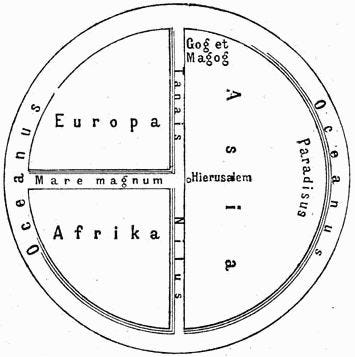



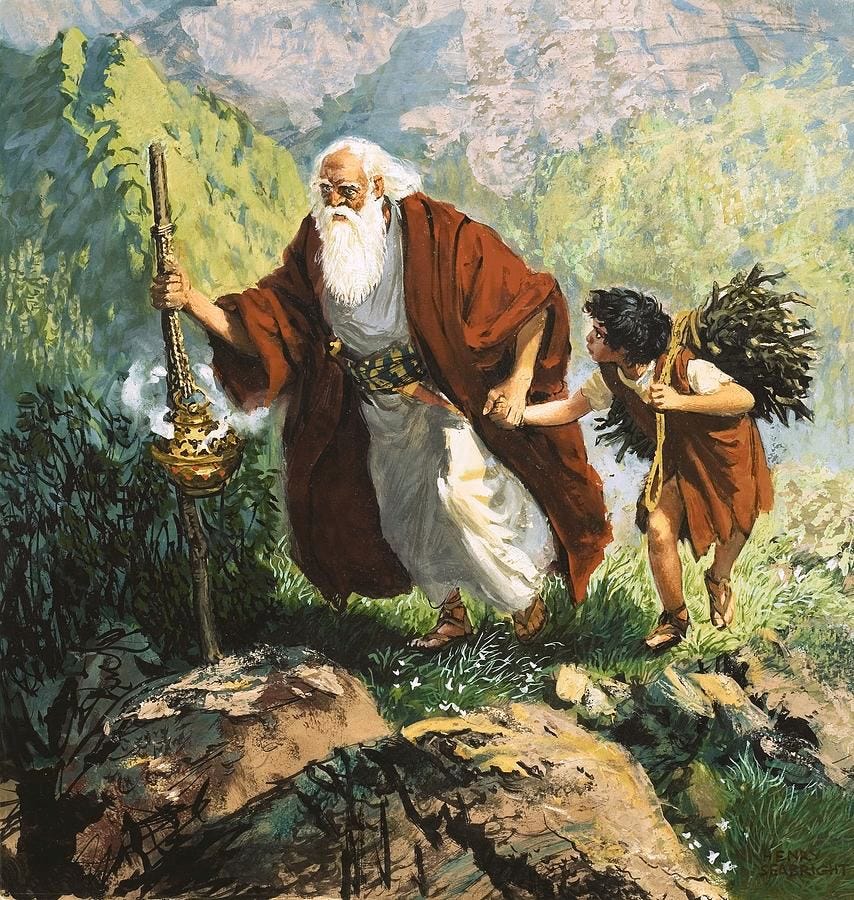

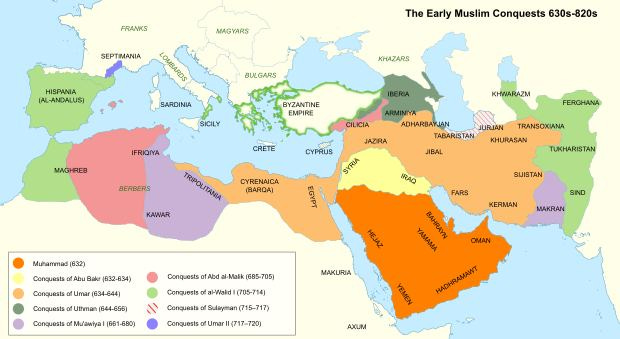
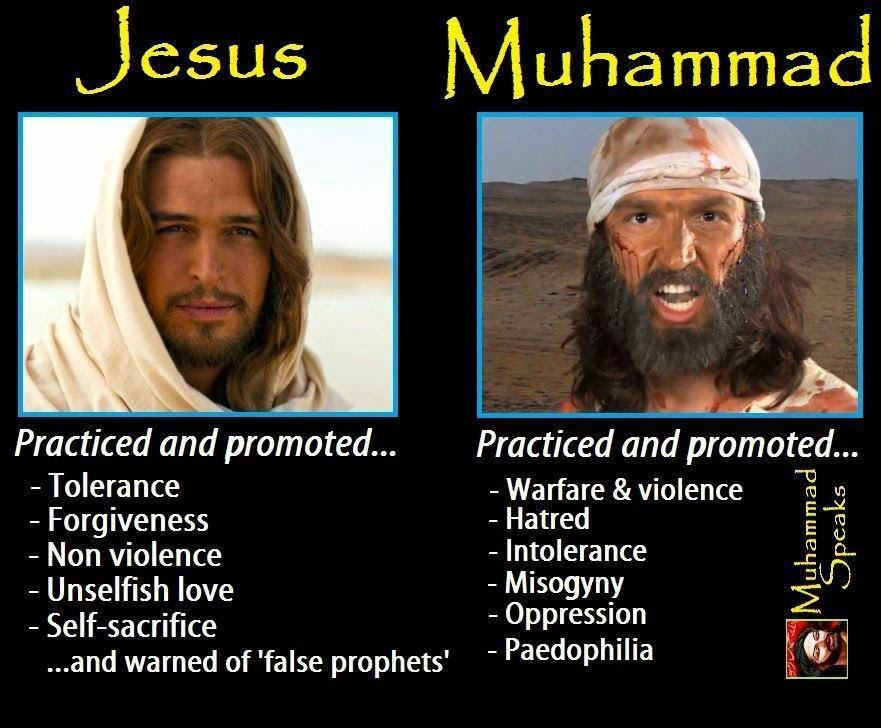





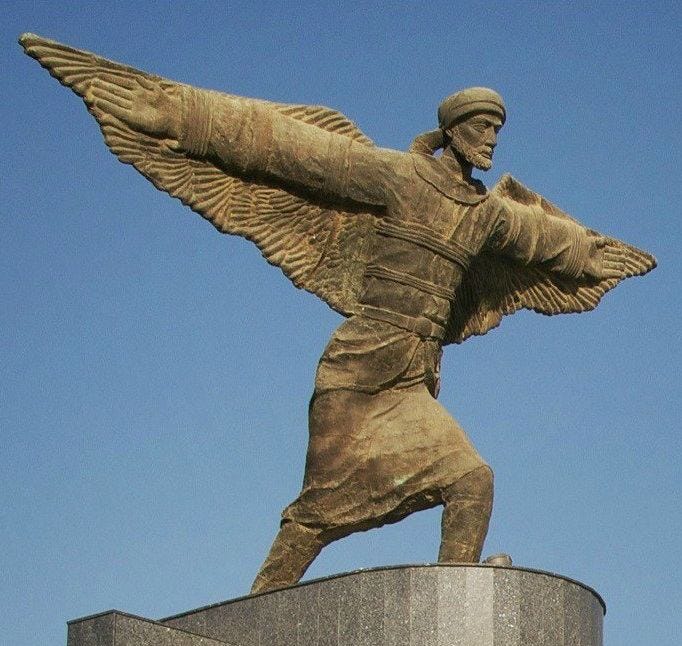
a few years ago I learned that the Ibn Saud clan were Khazarian (Ashkenazim) Jews that entered into Arabia a couple hundred years ago. I was surprised, I thought they were Arabs (whatever that means). Now I see that Babylonian Jews were spreading their terror all around that area for thousands of years. The way I understand the NWO and the current global cabal (the CCP, the Deep State, WEF, Vatican, Jesuits, ...) is that they are Babylonian Talmudic Ashkenazi (Nazi?) Jews who are obsessed with rule based systems of social control employing written contracts, coercion, and death.
We are at a collision between societies that are based on rules, and societies based on Natural (God's) Law. The internet is the battle ground. The rules imposed by the technology (software code on (working) hardware) are no more and no less then the rules imposed by nature. The rulers are struggling to rule the raw power of the internet. I do not see them succeeding. People grumbling (and growling) about censorship are way off target. The rulers censor small domains of the internet. And fewer and fewer people visit those places. Nobody cries when a controlling overlord dies. A King is assassinated on the internet when nobody visits his web site. Easy, final, bloodless, effortless. The lying king is abandoned and dies.
The global overlords of the Rule Based System had us in chains in the late 20th century when TV was the media. That time is not coming back.
Still Christian's living by Natural Law, which is "do no harm" (that is the alpha and omega of the Christian Law), are facing the Talmudic Rule System, with millions of statutes. Why I have hope is because each Babylonia statute has one millionth the power of the One Law of Nature (Jesus).
Excellent work! Thank you! 🙏